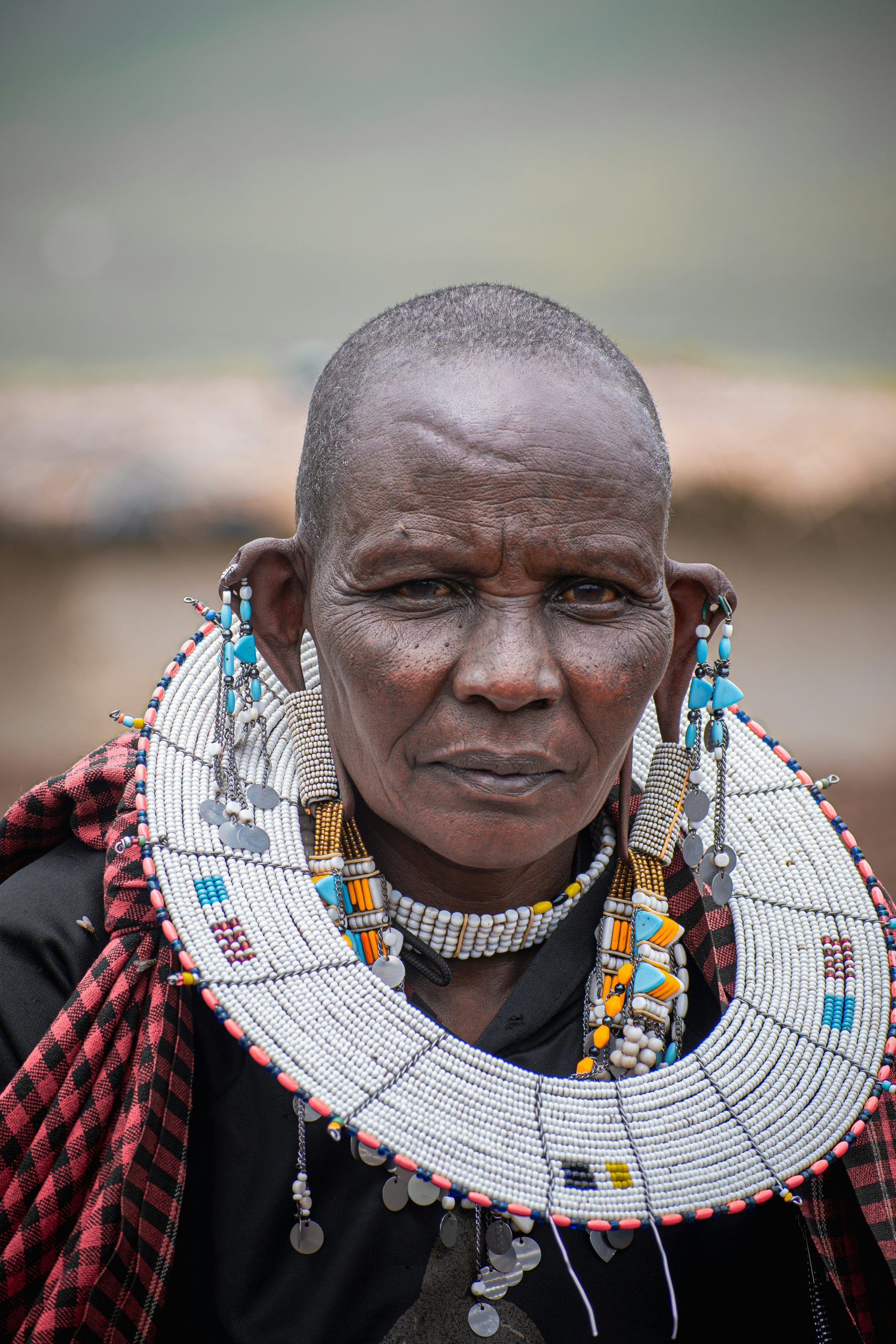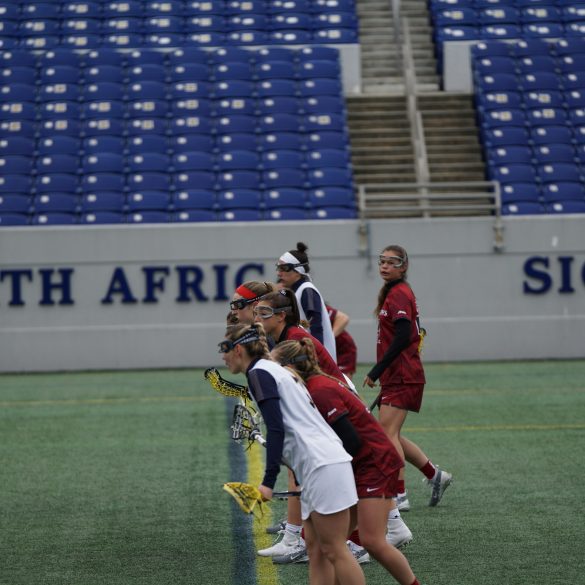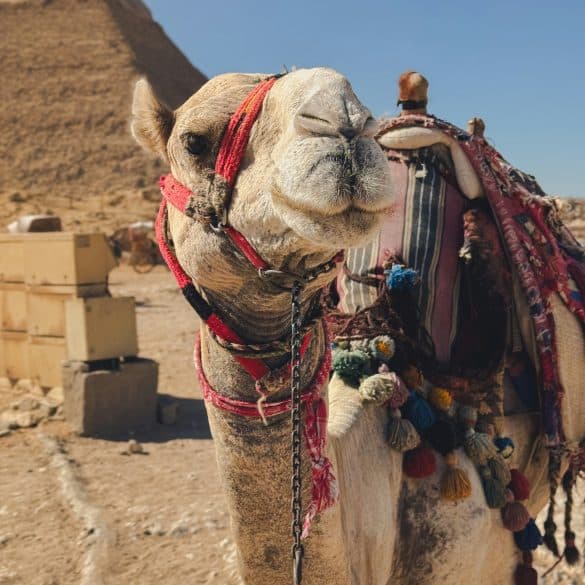Inside a Maasai Village: Preserving Culture Amid Modern Life
The morning sun casts long shadows across the red earth as I watch Sankale adjust his traditional red shuka while simultaneously checking his smartphone for the day’s cattle prices. This isn’t a contradiction—it’s modern Maasai life, where ancient wisdom meets contemporary necessity in ways that would surprise most visitors to Kenya and Tanzania.
Having spent considerable time documenting indigenous cultures across East Africa, I’ve learned that the most compelling stories emerge not from museums or cultural centers, but from the daily rhythms of communities navigating tradition and modernity. The Maasai people, with their distinctive customs and pastoral lifestyle, offer one of the most fascinating examples of cultural preservation in our increasingly connected world.
Kenya Cultural Heritage
Kenya recognizes 44 distinct communities, with the Maasai being one of the most internationally recognized. Despite representing less than 2% of Kenya’s population, Maasai culture significantly influences the country’s tourism industry, contributing over $1.2 billion annually to the national economy.
What strikes me most about contemporary Maasai communities isn’t how much has changed, but rather how deliberately they’ve chosen what to preserve and what to adapt. According to recent anthropological studies1, over 78% of Maasai communities maintain traditional governance structures while simultaneously embracing selective modern technologies that enhance rather than replace their cultural practices.
The morning I’m describing took place in Olkinyei Conservancy, where I spent several weeks documenting how one particular community balances tourism income with cultural authenticity. Sankale, a junior elder and my primary guide, embodies this balance perfectly. His cattle herding routes now incorporate GPS coordinates, yet the decision-making process for pasture rotation still follows traditional ecological knowledge passed down through generations.
Cultural Immersion Reality Check
Authentic cultural experiences require patience and respect. Unlike staged performances, genuine interactions with Maasai communities happen on their terms and timeline. Expect conversations to be interrupted by livestock needs, community meetings, or weather considerations—these interruptions are the culture, not obstacles to it.
The complexity of modern Maasai life becomes apparent when you realize that traditional age-set ceremonies now accommodate participants who might be university students, Nairobi office workers, or even members of Parliament. The ceremony itself remains unchanged—the same songs, the same ritual scarification, the same transfer of cultural knowledge—but the participants return to lives that would be unrecognizable to their great-grandparents.
This isn’t cultural dilution; it’s cultural evolution. The Maasai have always been adaptable. Their historical migrations across the Rift Valley, their integration of new livestock practices, and their diplomatic relationships with neighboring communities all demonstrate a culture built on strategic flexibility rather than rigid tradition.
Daily Life in Traditional Communities
My first morning in Olkinyei began at 5:30 AM with the sound of cattle bells and quiet conversation in Maa, the Maasai language. What I initially assumed was traditional dawn activity was actually Sankale’s father, Meshack, coordinating with neighboring herders via mobile phone about pasture conditions and security updates from the Kenya Wildlife Service.
The integration of technology into traditional pastoral life reflects a pragmatic approach I’ve observed across numerous indigenous communities. These aren’t people abandoning their heritage—they’re using tools that enhance their ability to practice it sustainably. GPS helps track cattle movements across vast conservancy areas, weather apps provide crucial rainfall predictions, and mobile banking enables livestock sales without the security risks of carrying cash across remote areas.
The morning routine follows patterns established over centuries, yet adapted for contemporary realities. Children still learn traditional songs and stories, but they also attend school where they study in English and Swahili alongside Maa. The breakfast might include traditional fermented milk alongside bread purchased from the nearest town, reflecting dietary changes driven by both preference and necessity.
| Traditional Practice | Modern Adaptation | Cultural Significance | Community Benefit |
|---|---|---|---|
| Cattle Herding | GPS Tracking & Mobile Coordination | Maintains pastoral identity | Improved security & efficiency |
| Oral History | Digital Documentation Projects | Preserves ancestral knowledge | Accessible to diaspora youth |
| Barter Trading | Mobile Money Systems | Maintains economic relationships | Reduces transaction costs |
| Traditional Medicine | Integrated Healthcare | Respects healing traditions | Improved health outcomes |
What fascinates me most is how decision-making processes remain fundamentally unchanged despite technological integration. When Sankale’s age-set needed to decide on new grazing areas, they used WhatsApp to coordinate meeting times, but the actual discussion followed traditional consensus-building protocols. The elders’ council still holds ultimate authority, mobile phones simply make their consultations more efficient.
The economic realities facing pastoral communities cannot be ignored. Climate change has altered traditional rainfall patterns, making livestock management increasingly challenging2. Government policies regarding land use and wildlife conservation have created new pressures and opportunities simultaneously. Tourism revenue provides alternative income sources, but it also introduces external expectations about cultural authenticity.
During my stay, I witnessed a fascinating negotiation between tradition and pragmatism. A neighboring community was considering whether to allow a luxury safari lodge to be built adjacent to their settlement. The debate wasn’t simply about money—it centered on whether tourism revenue would strengthen their ability to maintain traditional practices or gradually erode them through commodification.
- Traditional governance structures adapt to include tourism management decisions
- Youth education balances modern curriculum with cultural knowledge transmission
- Economic diversification reduces dependence on livestock alone
- Technology adoption follows cultural values rather than external pressure

Sacred Traditions and Modern Adaptations
The most profound moments of cultural continuity often occur in the most unexpected contexts. I watched Sankale’s younger sister, Nasirian, participate in a traditional women’s ceremony while wearing a university graduation pin on her colorful kanga. She had returned from Nairobi University specifically for this ritual, which marks her transition to a new age-set despite her modern education and urban career prospects.
These ceremonies represent something deeper than mere tradition—they’re mechanisms for maintaining community bonds across increasingly diverse life experiences. Research from the University of Nairobi suggests that Maasai youth who participate in traditional age-set ceremonies demonstrate higher levels of cultural identity and community engagement, regardless of their educational or professional backgrounds3.
Understanding Cultural Sensitivity
Many traditional ceremonies remain private to the community. Visitors should never assume they can observe or photograph these events. Authentic cultural exchange happens through invitation and relationship-building, not through tourist expectations or camera access.
The adaptation of traditional practices to modern contexts requires constant negotiation within the community. When I asked Meshack about changes he’d observed over his lifetime, he reflected carefully before responding. “The ceremonies haven’t changed,” he explained, “but the people coming to them have changed. My grandson might arrive for his initiation ceremony in a matatu from Nairobi, but once he’s here, he’s learning the same lessons my grandfather taught me.”
This perspective challenges common assumptions about cultural preservation. Rather than viewing tradition and modernity as opposing forces, many Maasai communities see them as complementary systems. Traditional ecological knowledge informs modern conservation efforts, while modern communication technologies strengthen traditional social networks.
The integration isn’t always smooth, of course. I observed tension between different generations about appropriate levels of cultural adaptation. Some elders worry that excessive accommodation to modern life dilutes essential cultural elements. Some youth struggle with the practical challenges of maintaining traditional practices while pursuing contemporary educational and career opportunities.
- Traditional marriage negotiations now accommodate partners who might live in different cities
- Cattle-herding knowledge is supplemented with veterinary training and market analysis
- Traditional dress is worn selectively based on context and occasion
- Language preservation efforts combine oral tradition with digital documentation
The most striking example of cultural adaptation I witnessed involved a dispute resolution process. Two families had a disagreement about grazing rights that involved traditional territory, modern conservancy boundaries, and tourism revenue sharing. The resolution process followed traditional mediation protocols, but the mediators used GPS mapping, legal documentation, and tourism industry contracts to reach a comprehensive agreement.
The role of women in cultural preservation particularly intrigued me. Traditional Maasai society has clearly defined gender roles, yet I observed women taking leadership roles in cultural documentation projects, tourism development, and youth education initiatives. These aren’t departures from tradition—they’re applications of traditional women’s authority to new contexts.
Economic Transformation and Challenges
The economic landscape for pastoralist communities has shifted dramatically over the past generation. Traditional livestock-based economies now compete with tourism, agriculture, and wage employment opportunities. According to the Kenya National Bureau of Statistics, pastoralist communities have seen their economic diversity increase by 340% since 20004.
This diversification isn’t simply about survival—it’s about strategic adaptation that maintains cultural values while ensuring economic sustainability. When Sankale explained his family’s income sources, he described a complex portfolio: livestock sales, tourism guiding, traditional craft production, and conservation payments from the conservancy. Each income stream reinforces different aspects of traditional knowledge and cultural practice.
The tourism industry presents particular opportunities and challenges. Authentic cultural experiences can provide significant income, but they also risk commodifying traditions. I’ve seen communities navigate this carefully, establishing clear boundaries about what aspects of their culture are appropriate for visitor interaction and what remains private to the community.
Preserving Heritage for Future Generations
The most hopeful aspect of my time in Olkinyei was witnessing how deliberately the community approaches cultural transmission. This isn’t accidental preservation—it’s strategic, thoughtful, and constantly evolving. The community has established formal programs to ensure traditional knowledge passes to younger generations while remaining relevant to contemporary challenges.
What particularly impressed me was their documentation project, led by Nasirian and other university-educated community members. They’re creating digital archives of traditional songs, stories, and ecological knowledge, but they’re doing so in ways that complement rather than replace oral tradition. The recordings become resources for diaspora youth who might not have regular access to elders, while the face-to-face teaching remains the primary transmission method.
Supporting Cultural Preservation
Visitors can contribute to cultural preservation through responsible tourism choices: supporting community-run initiatives, purchasing authentic crafts directly from artisans, and respecting cultural boundaries. Sustainable tourism revenue helps communities maintain traditional practices while adapting to modern economic realities.
Responsible Tourism and Cultural Exchange
The relationship between Maasai communities and tourism reflects broader questions about cultural authenticity in our globalized world. During my stay, I observed how thoughtfully the community manages visitor interactions. They’ve developed protocols that provide meaningful cultural exchange while protecting the integrity of their traditions.
Authentic cultural tourism, as practiced in Olkinyei, requires patience and respect from visitors. You can’t schedule traditional activities around tourist convenience—they happen according to cultural timing and community needs. This approach attracts visitors who are genuinely interested in cultural learning rather than cultural consumption.
The economic impact of respectful tourism has been transformative for many communities. Tourism revenue has enabled investments in education, healthcare, and infrastructure while providing incentives for cultural preservation. However, this balance requires constant attention and community-controlled management.
As I prepared to leave Olkinyei, I reflected on how this community’s approach to cultural preservation offers lessons far beyond East Africa. Their model demonstrates that cultural continuity doesn’t require cultural isolation. Instead, it requires thoughtful integration, community control, and clear values about what matters most.
The future of Maasai culture lies not in museums or cultural centers, but in the daily choices of people like Sankale, Nasirian, and Meshack. Their decisions about education, technology, tourism, and tradition create the template for cultural survival in an interconnected world. What I witnessed in Olkinyei gives me hope that indigenous cultures can thrive rather than merely survive in the modern world.
References



